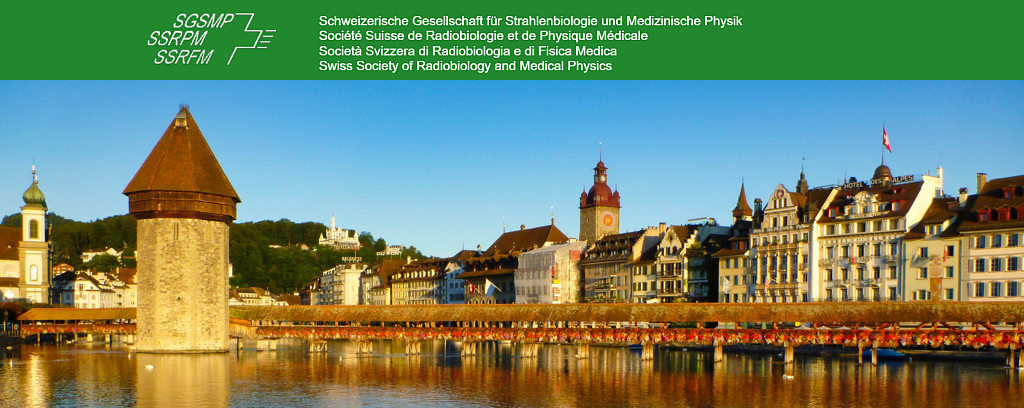Speaker
Description
Purpose: In accordance with Article 36 of the Radiation Protection Ordinance (ORap), medical physicists must be involved in all CT applications, particularly for the optimization of CT protocols. In this framework, the purpose of this study is to establish size specific diagnostic reference levels (DRLs) for pulmonary embolism (PE) based on patient CT examinations performed on 74 CT devices in the French part of Switzerland. Then, to assess task-based image quality (IQ) for each device and to investigate the variability of dose and IQ across different CTs. Finally, to propose a dose-IQ optimization for each CT.
Methods: 1051 CT pulmonary angiography dose data were collected for one year. Two categories of patient sizes (medium and large) were established from the distribution of the thoracic perimeters. DRLs were calculated as the 75th percentile of volumetric CT dose index (CTDIvol). IQ was assessed with two thoracic phantom sizes using local acquisition parameters and three other dose levels. The area under the ROC curve (AUC) of a 2mm low-perfused vessel was assessed with a non-prewhitening with eye-filter model observer. The optimal IQ-dose relationship was mathematically assessed from the fitted curve between IQ and dose. The variability across different CTs before end after applying the proposed optimization were described using the interquartile of dose and AUC values.
Results: The DRLs of CTDIvol were 6.4mGy and 10mGy for the two patient sizes. 75th percentile of phantom CTDIvol were 6.3mGy and 10mGy for the two phantom sizes with inter-quartile AUC values of 0.047 and 0.066, respectively. After optimization, phantom CTDIvol decreased to 5.9mGy and 7.5mGy and the interquartile AUC values were reduced to 0.025 and 0.057 for the two phantom sizes, respectively.
Conclusion: DRLs for pulmonary embolism were proposed as a function of patient thoracic perimeters. The agreement between patient and phantom doses were shown. This study highlights the variability in terms of dose and IQ. The implication of medical physicists in CT to optimize protocols can lead to a global harmonization of dose and IQ.

